Resources
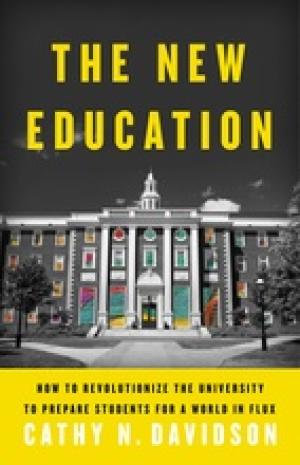
Click Here for Book Review Our current system of higher education dates to the period from 1865 to 1925, when the nation's new universities created grades and departments, majors and minors, in an attempt to prepare young people for a world transformed by the telegraph and the Model T. As Cathy N. Davidson argues in The New Education, this approach to education is wholly unsuited to the era of the gig economy. From the Ivy League to community colleges, she introduces us to innovators who are remaking college for our own time by emphasizing student-centered learning that values creativity in the face of change above all. The New Education ultimately shows how we can teach students not only to survive but to thrive amid the challenges to come. (From the Publisher)
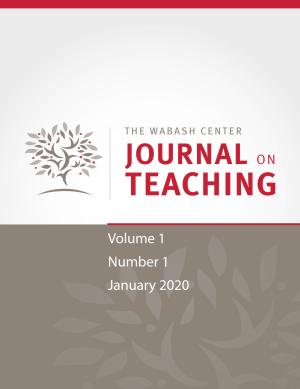
One-page Teaching Tactic that describes assignments using the new Religious Sounds Project database, helping students explore what counts as "religion."
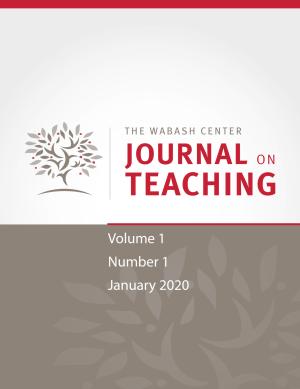
One-page Teaching Tactic describing break out groups that integrate online-distance students with face-to-face students in the classroom.
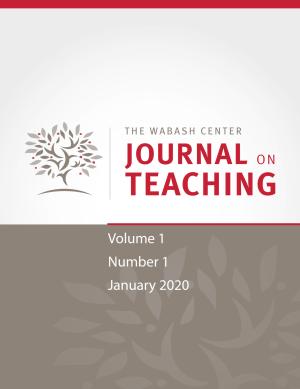
One-page Teaching Tactic that helps students reflect critically on their own positionalities and to culturally and historically contextualize the life of a human figure they are studying.
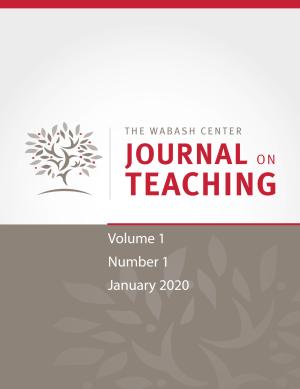
One-page Teaching Tactic that uses pages from a children's book to concretize theoretical lessons about exegesis such as the contextual translation of words, reading in community, and larger literary, historical, social, and theological contexts.
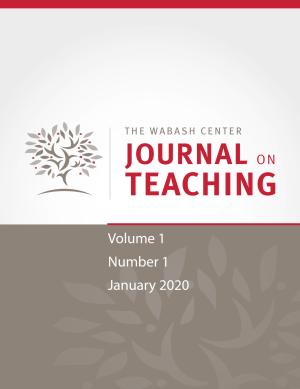
This is a short reflection on aspects of the pedagogy and mentoring practice of Dr. Katie Geneva Cannon. This approach invited collaborative engagement and included a threefold process that included affirmation, inspiration, and charge. See companion contributions to this Forum written by Miguel A. De La Torre, Stacey M. Floyd-Thomas, Karen K. Seat, and Angela D. Sims.
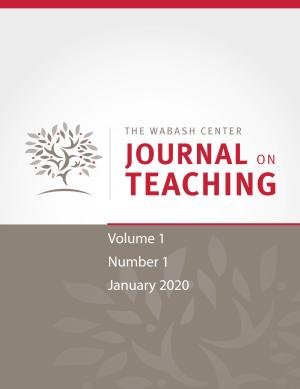
This tribute by a former doctoral student of Dr. Katie Geneva Cannon reflects on her mentor’s pedagogical strategies and techniques and how they have impacted her own teaching, as well as her approach to research and writing. The short essay describes several of Dr. Cannon’s assignments, including the Personal Ethical Inventory and the Socio-Religious Autobiography, and expresses her gratitude and indebtedness in prioritizing experiences and contributions of Blacks as an essential aspect of graduate theological education.
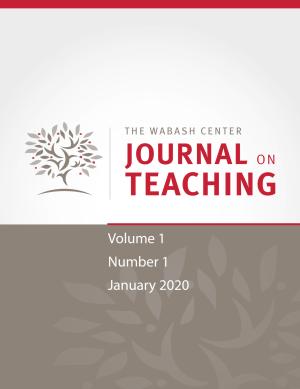
Dr. Katie Canon not only touched the lives of her students with what she taught in the classroom, but by how she lived her life. She modeled the type of scholar students of color should strive to become. See companion contributions to this Forum written by Edwin David Aponte, Stacey M. Floyd-Thomas, Karen K. Seat, and Angela D. Sims.
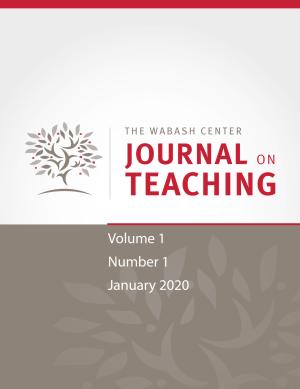
This Forum publishes five short essays by former students of Dr. Katie Geneva Cannon, reflecting on how their mentor influenced their development as teachers and educators.
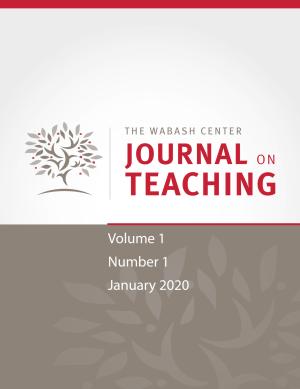
This short essay describes a teaching strategy that addresses a key threshold concept in introductory biblical studies courses – that the Bible itself is a construct. It is a companion essay to John Van Maaren’s, “Transformative Concepts and Troublesome Knowledge: Toward a Threshold Concept Framework for Biblical Studies,” also published in this issue of the journal